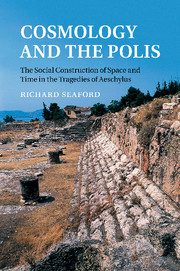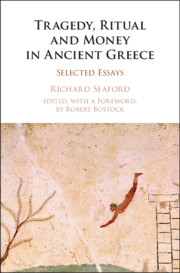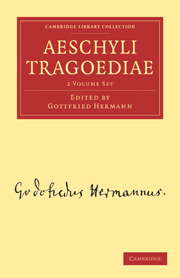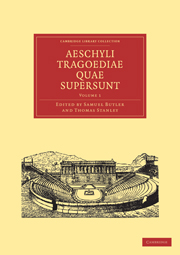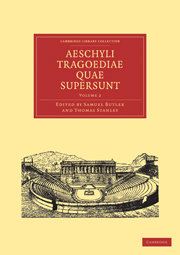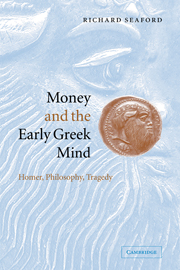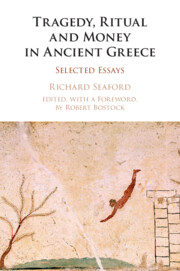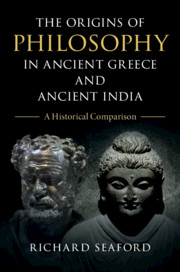Cosmology and the Polis
This book further develops Professor Seaford's innovative work on the study of ritual and money in the developing Greek polis. It employs the concept of the chronotope, which refers to the phenomenon whereby the spatial and temporal frameworks explicit or implicit in a text have the same structure, and uncovers various such chronotopes in Homer, the Homeric Hymn to Demeter, Presocratic philosophy and in particular the tragedies of Aeschylus. Mikhail Bakhtin's pioneering use of the chronotope was in literary analysis. This study by contrast derives the variety of chronotopes manifest in Greek texts from the variety of socially integrative practices in the developing polis - notably reciprocity, collective ritual and monetised exchange. In particular, the Oresteia of Aeschylus embodies the reassuring absorption of the new and threatening monetised chronotope into the traditional chronotope that arises from collective ritual with its aetiological myth. This argument includes the first ever demonstration of the profound affinities between Aeschylus and the (Presocratic) philosophy of his time.
- Adopts a socio-economic perspective to propose a new way of understanding the 'Greek miracle'
- Transcends the usual boundaries between the study of religion, cosmology, history, economics and drama
- Close readings of the ancient texts are put into a broader perspective
Reviews & endorsements
'This is an important work that redefines our conception of central categories of early Greek thought: space, time, ritual, and money. It will be of interest to scholars and advanced students working in the areas of classical Greek literature, Greek history, philosophy, and theatre.' Vayos Liapis, The Classical Journal
'The five parts of this ambitious book examine the chronotopes in Homer and archaic Athenian society, money and ritual in the Dionysiac festival, the chronotopes in Aeschylus's plays … the unity of opposites in Aeschylus's theology and Heraclitus's cosmology, and the sociocultural implications of the Pythagorean way of life and Pythagorean opposites in Aeschylus's Oresteia. This brilliant study opens up new vistas on old problems.' J. Bussanich, Choice Review
Product details
January 2015Paperback
9781107470729
382 pages
230 × 153 × 22 mm
0.56kg
1 map
Available
Table of Contents
- Introduction
- Part I. The Social Construction of Space, Time and Cosmology:
- 1. Homer: the reciprocal chronotope
- 2. Demeter Hymn: the aetiological chronotope
- 3. From reciprocity to money
- Part II. Dionysiac Festivals:
- 4. Royal household and public festival
- 5. Aetiological chronotope and dramatic mimesis
- 6. Monetisation and tragedy
- Part III. Limit and the Unlimited in Confrontational Space:
- 7. Telos and the unlimitedness of money
- 8. Suppliants
- 9. Septem
- 10. Confrontational space in Oresteia
- 11. The unlimited in Oresteia
- 12. Persians
- Part IV. The Unity of Opposites:
- 13. Form-parallelism and the unity of opposites
- 14. Aeschylus and Herakleitos
- 15. From the unity of opposites to their differentiation
- Part V. Cosmology of the Integrated Polis:
- 16. Metaphysics and the polis in Pythagoreanism
- 17. Pythagoreanism in Aeschylus
- 18. Household, cosmos and polis
- Appendix: was there a skēnē for all the extant plays of Aeschylus?

